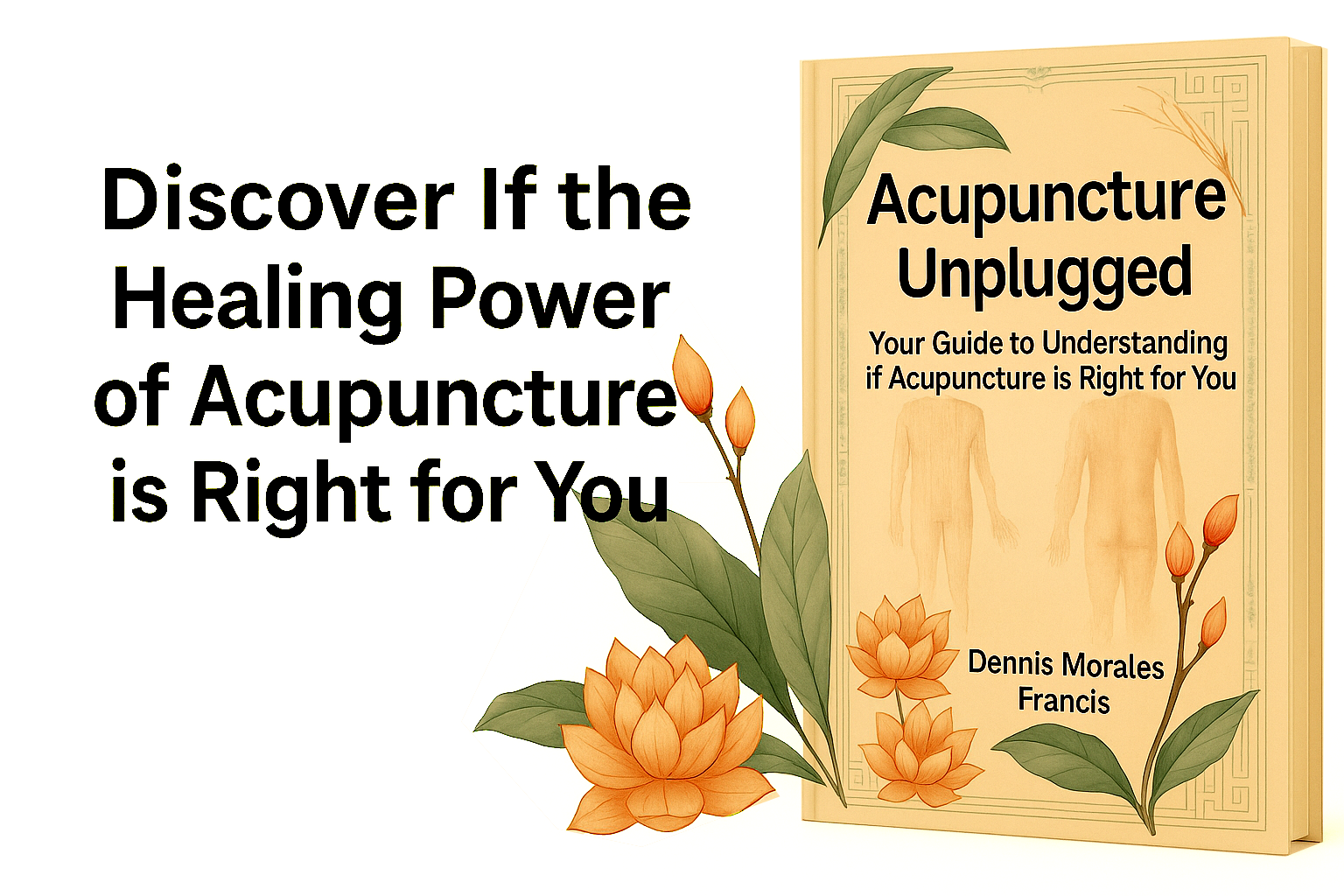Understanding EMF Sources in Your Home
Before selecting an EMF blocker, identify what you’re trying to shield against. Your home contains multiple EMF sources, each operating at different frequencies. Understanding these sources is the first step toward effective protection.
Different types of devices emit varying levels and frequencies of electromagnetic radiation. Some create stronger fields than others, and proximity to these devices significantly impacts your exposure levels. Many homeowners are surprised to discover which areas of their homes have the highest EMF concentrations.
It’s important to recognize that different frequencies require different blocking approaches. A device that works for Wi-Fi might not block radiation from electrical wiring. Understanding your specific concerns helps narrow down appropriate solutions.
Common Household EMF Sources:
- Wi-Fi routers (2.4GHz and 5GHz frequencies)
- Cell phones and cordless phones
- Smart meters
- Bluetooth devices
- Microwave ovens
- Smart home devices and appliances
- Power lines and electrical wiring
Types of EMF Protection Products
The market offers various EMF protection products, from simple shields to complex whole-home systems. Effectiveness varies significantly across products, so research becomes crucial. Making informed choices requires understanding the different categories of protection available.
Each type of protection works through different mechanisms and targets specific frequencies. Many households benefit from combining several approaches to address various EMF sources. The right combination depends on your specific concerns, budget, and lifestyle needs.
When evaluating products, consider both the scientific principles behind them and the practical aspects of implementation. The most effective solutions often balance theoretical protection with real-world usability.
Faraday Cages and Shielding Materials
These physical barriers block electromagnetic radiation through conductive materials that absorb and redirect EMFs. They work on the established scientific principle that conductive materials can block electromagnetic waves. Their effectiveness depends on proper installation and complete coverage.
Different materials offer varying levels of protection against specific frequency ranges. Some solutions work better for high-frequency radiation like Wi-Fi, while others target low-frequency EMFs from electrical wiring. The quality of installation significantly impacts overall effectiveness.
For many homeowners, targeted shielding of specific areas provides the best balance of protection and practicality. Complete home shielding is possible but typically more expensive and complex to implement.
Shielding Options Available:
- EMF shielding paint (contains metal particles)
- Window films with metallic coating
- Fabric shields for beds or specific areas
- Router guards (small Faraday cages for Wi-Fi equipment)
- Shielding curtains and canopies
Pendants and Personal Devices
Wearable EMF blockers claim to provide personal protection. Scientific evidence for these products remains limited. Their proposed mechanisms often involve concepts not universally accepted by conventional science.
Manufacturers typically suggest these items create a protective field around the wearer or harmonize harmful radiation. While some users report subjective improvements in symptoms, objective measurement of their effects on EMF levels is challenging. Independent testing of these products shows mixed results.
For those considering personal devices, it’s important to balance anecdotal reports with the current state of scientific evidence. These may supplement other protection strategies but shouldn’t be relied upon as the sole approach to EMF reduction.
Personal Protection Options:
- Pendants with shungite or other minerals
- Wearable devices claiming to harmonize EMFs
- Bracelets with supposedly protective materials
- Cell phone shields and cases
Plug-in Neutralizers
These devices plug into wall outlets and claim to modify your home’s electrical field. They purportedly work by altering the characteristics of electromagnetic fields throughout connected circuits. Some use capacitors and filters to reduce “dirty electricity,” while others claim to emit counterbalancing frequencies.
The scientific community remains divided on the effectiveness of these devices. Some electrical engineers acknowledge their potential to reduce certain types of electrical noise, while others question their ability to provide meaningful EMF protection. Approach these products with critical thinking and careful evaluation.
If considering these devices, look for those that provide specific technical information about their mechanisms and offer money-back guarantees. This allows you to test their effectiveness in your specific environment.
Neutralizer Claims:
- Harmonize dirty electricity throughout connected circuits
- Convert harmful EMFs into benign forms
- Create a protective field throughout your home
- Reduce symptoms associated with electromagnetic sensitivity
Evaluating EMF Blocker Effectiveness
The EMF protection industry includes both legitimate solutions and questionable products. Distinguishing between effective protection and marketing hype requires a methodical approach to evaluation. Making informed decisions means looking beyond manufacturer claims to objective evidence.
When researching products, pay attention to the specifics of performance claims. Vague promises of “protection” or “harmonization” without measurable parameters warrant skepticism. The most reliable products clearly state which frequencies they target and the degree of reduction they provide.
Remember that no single product eliminates all EMF exposure in our technology-filled world. The goal is significant reduction in key areas rather than complete elimination.
Scientific Basis
Look for products based on established principles of physics. Faraday cages and grounding technology have clear scientific mechanisms. These approaches rely on well-documented properties of electromagnetic fields and how they interact with different materials.
Products should explain their working principles in terms that align with basic physics. While cutting-edge research continues to evolve, claims that contradict fundamental scientific understanding deserve extra scrutiny. Legitimate manufacturers can explain how their products work without relying on pseudoscientific terminology.
Be wary of vague claims about “harmonizing” or “neutralizing” without explanation. Effective products can articulate the specific mechanism by which they reduce or block electromagnetic radiation.
Independent Testing
Credible manufacturers provide independent lab results showing their products’ effectiveness. These tests should use standardized methodologies and equipment recognized in the scientific community. The results should clearly indicate which frequencies were tested and the percentage of reduction achieved.
Look for companies that share both positive and negative test results transparently. This honesty about limitations indicates scientific integrity. Ideally, tests should measure performance under various real-world conditions rather than only in optimal laboratory settings.
Check whether tests used standard scientific equipment like EMF meters or relied on subjective reports. While user experiences provide valuable insights, objective measurements form the foundation of product validation.
Measurable Results
The most reliable way to verify any radiation shield is through measurement. Consider investing in an EMF meter (gauss meter) to test before and after installation. This provides objective data about effectiveness and helps identify which areas of your home benefit most from protection.
Different meters measure different types of EMFs, so choose one appropriate for your concerns. RF meters measure wireless radiation from Wi-Fi and cell phones, while gauss meters detect magnetic fields from electrical wiring and appliances. Some combination meters measure multiple types of radiation.
Documentation of your measurements creates a baseline for comparing different solutions. This methodical approach helps prevent wasting money on ineffective products and provides peace of mind about your protection strategy.
Practical EMF Reduction Strategies
Sometimes the best approach combines EMF blockers with simple behavioral changes. These strategies cost little yet significantly reduce exposure. Many effective techniques require no special equipment, just awareness and consistent implementation.
Creating a comprehensive protection plan means combining technical solutions with lifestyle adjustments. This balanced approach acknowledges that some exposure is unavoidable in modern life while focusing on practical reduction methods. Small changes, consistently applied, often yield significant reductions in overall EMF exposure.
Starting with these no-cost or low-cost strategies establishes good habits before investing in more expensive solutions. Many families find these approaches sufficient for noticeable improvement in their electromagnetic environment.
Distance and Timing
EMF strength diminishes dramatically with distance. This fundamental principle makes creating space between yourself and EMF sources one of the most effective protection strategies. Even small increases in distance can significantly reduce exposure levels.
Timing your use of high-EMF devices provides another dimension of control. Many devices need not operate continuously, allowing for EMF-free periods throughout your day and night. Creating these breaks may be particularly important during sleep when the body conducts repair processes.
These approaches require no special equipment yet can dramatically reduce your cumulative exposure. They represent the foundation of any comprehensive EMF management strategy.
Simple Adjustment Strategies:
- Moving Wi-Fi routers away from frequently used areas
- Keeping cell phones out of bedrooms (or using airplane mode)
- Creating an EMF-free zone for sleeping
- Using wired connections when possible instead of wireless
- Programming devices to power down during sleeping hours
Strategic Grounding
Grounding (or earthing) connects you to the earth’s natural electrical field. This approach may help mitigate some EMF effects by allowing induced currents to dissipate safely. The concept builds on the understanding that direct physical connection to the earth provides a path for excess electrical charge to discharge.
While research on grounding continues to evolve, many people report subjective improvements in EMF-related symptoms. The practice aligns with traditional wisdom about the healing properties of direct contact with natural environments. Modern implementations adapt these principles to contemporary lifestyles.
Grounding represents one of the more accessible approaches to EMF management. It requires minimal equipment and offers potential benefits beyond EMF mitigation.
Grounding Approaches:
- Using grounding mats while sleeping or working
- Walking barefoot outdoors when possible
- Installing proper electrical grounding in your home
- Using grounded electronics and appliances
Creating an EMF Protection Plan for Your Home
Rather than buying random products, develop a systematic approach to EMF protection. A methodical plan allows you to address the most significant exposures first and verify results as you implement solutions. This strategic approach prevents wasting resources on ineffective measures.
Custom protection plans acknowledge that each home has a unique EMF profile. What works for one household may not address the primary concerns in another. By assessing your specific situation first, you create a foundation for targeted, effective interventions.
A phased implementation allows you to evaluate results at each step and adjust your approach accordingly. This flexibility helps optimize your investment in EMF protection measures.
Assessment Phase
Start by measuring and documenting current EMF levels throughout your home. This baseline assessment reveals where protection efforts will yield the greatest benefits. Use appropriate measuring equipment for different types of radiation, and record readings at various times of day.
Pay particular attention to areas where family members spend extended periods. The duration of exposure significantly impacts potential health effects, making long-term exposure zones high-priority targets for intervention. Children’s spaces deserve special consideration due to their developing bodies.
Note “hot spots” with readings above 1 milligauss for magnetic fields or above 1,000 microwatts per square meter for RF radiation. These areas indicate priority zones for implementing protection measures.
Focus Areas for Assessment:
- Bedrooms (where you spend one-third of your life)
- Home office or workspace
- Living areas where family gathers
- Children’s rooms and play areas
Prioritization Phase
With limited budgets, focus protection efforts where they matter most. This targeted approach maximizes health benefits while managing costs. Consider both the intensity of EMF exposure and the time spent in each area when setting priorities.
Different family members may have varying sensitivities to electromagnetic fields. Those reporting symptoms potentially related to EMF exposure might benefit from prioritized protection in their personal spaces. Similarly, those with certain health conditions may warrant additional protective measures.
Remember that sleep quality represents a foundational aspect of overall health. Creating low-EMF sleeping environments often provides the most noticeable benefits for the investment made.
Priority Areas:
- Sleeping areas (for improved sleep quality)
- Spaces where you spend many hours daily
- Areas used by vulnerable family members (children, pregnant women, elderly, those with electrical sensitivity)
- Zones with consistently high EMF readings
Implementation Phase
Implement solutions starting with the simplest and most cost-effective. This gradual approach allows you to assess what works before investing in more expensive solutions. Begin with behavioral changes that cost nothing, then progress to targeted shielding solutions for high-priority areas.
After implementing each intervention, measure again to verify its effectiveness. This feedback loop prevents continuing with strategies that don’t produce meaningful results in your specific environment. Keep detailed records of changes made and corresponding measurement readings.
As you progress, you may notice that addressing certain sources creates more significant improvements than others. This information helps refine your approach and optimize further investments in EMF protection.
Implementation Steps:
- Distance: Rearrange furniture and equipment
- Timing: Create routines for powering down devices
- Shielding: Add physical barriers in high-priority areas
- Measurement: Verify effectiveness of each intervention
Beyond Products: The Tech-Balance Lifestyle
The most effective EMF protection strategy often combines selective blocking with mindful technology use. This balanced approach acknowledges technology’s benefits while creating boundaries that reduce potential negative impacts. Many families find that conscious technology management enhances quality of life beyond EMF considerations.
Developing household protocols around technology creates clarity and consistency for all family members. These agreements help prevent technology from dominating home spaces and create opportunities for other activities. Children particularly benefit from clear boundaries around device usage.
The tech-balance lifestyle extends beyond EMF concerns to address broader aspects of digital wellbeing. Many people report improved sleep, better concentration, and enhanced family connections when implementing these practices.
Technology Balance Practices:
- Tech-free zones in your home (especially bedrooms)
- Regular digital detox periods
- Family protocols around wireless device usage
- Outdoor time prioritizing connection with natural environments
- Designated times for checking messages and notifications
Conclusion
Selecting the right EMF blocker means balancing scientific evidence, practical application, and personal comfort. Start with simple, measurable interventions. Focus protection where you spend most time. Remain skeptical of extravagant claims while staying open to emerging research in this rapidly evolving field.
The goal isn’t eliminating all electromagnetic fields (impossible in modern life) but creating safer spaces within our technology-rich environment. With thoughtful assessment and strategic implementation, you can significantly reduce EMF exposure while maintaining the conveniences of modern living. This balanced approach acknowledges both the benefits of technology and the value of minimizing unnecessary radiation exposure.
Remember that individual responses to EMF reduction vary, and what works well for one household may not produce the same results for another. Consistent application of multiple strategies typically yields better outcomes than relying on any single product or approach. Creating your personalized EMF management plan allows for adaptation to your family’s unique needs and sensitivities.
Take Action for a Lower-EMF Home
Start your EMF protection journey by conducting a simple home assessment with an EMF meter to identify priority areas for intervention. Begin implementing the no-cost distance and timing strategies while researching appropriate shielding options for your specific concerns. Consider keeping a journal to track any changes in sleep quality, energy levels, or EMF-related symptoms as you reduce exposure. Share your experiences with other health-conscious homeowners to expand collective knowledge about effective protection strategies in our increasingly wireless world.










